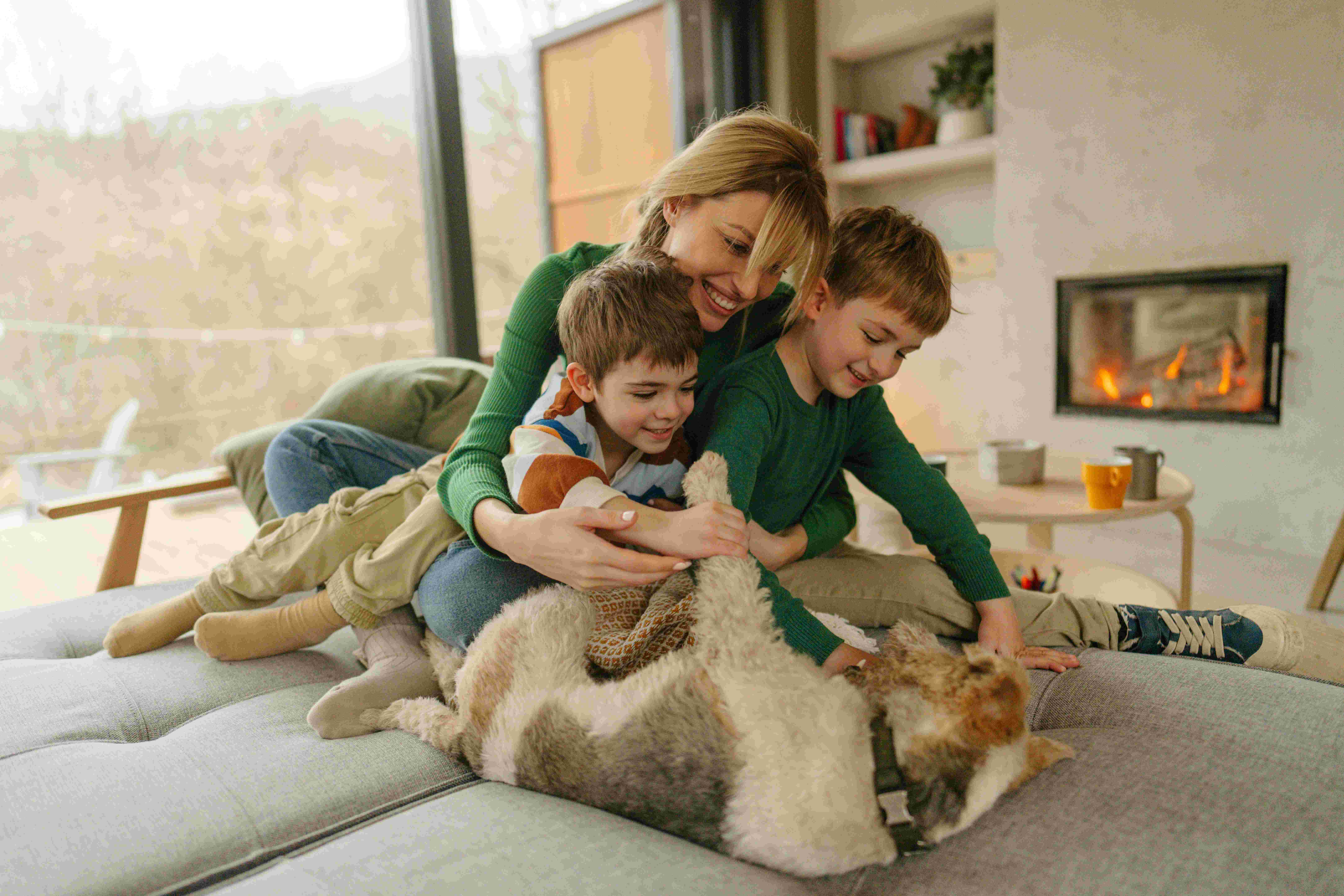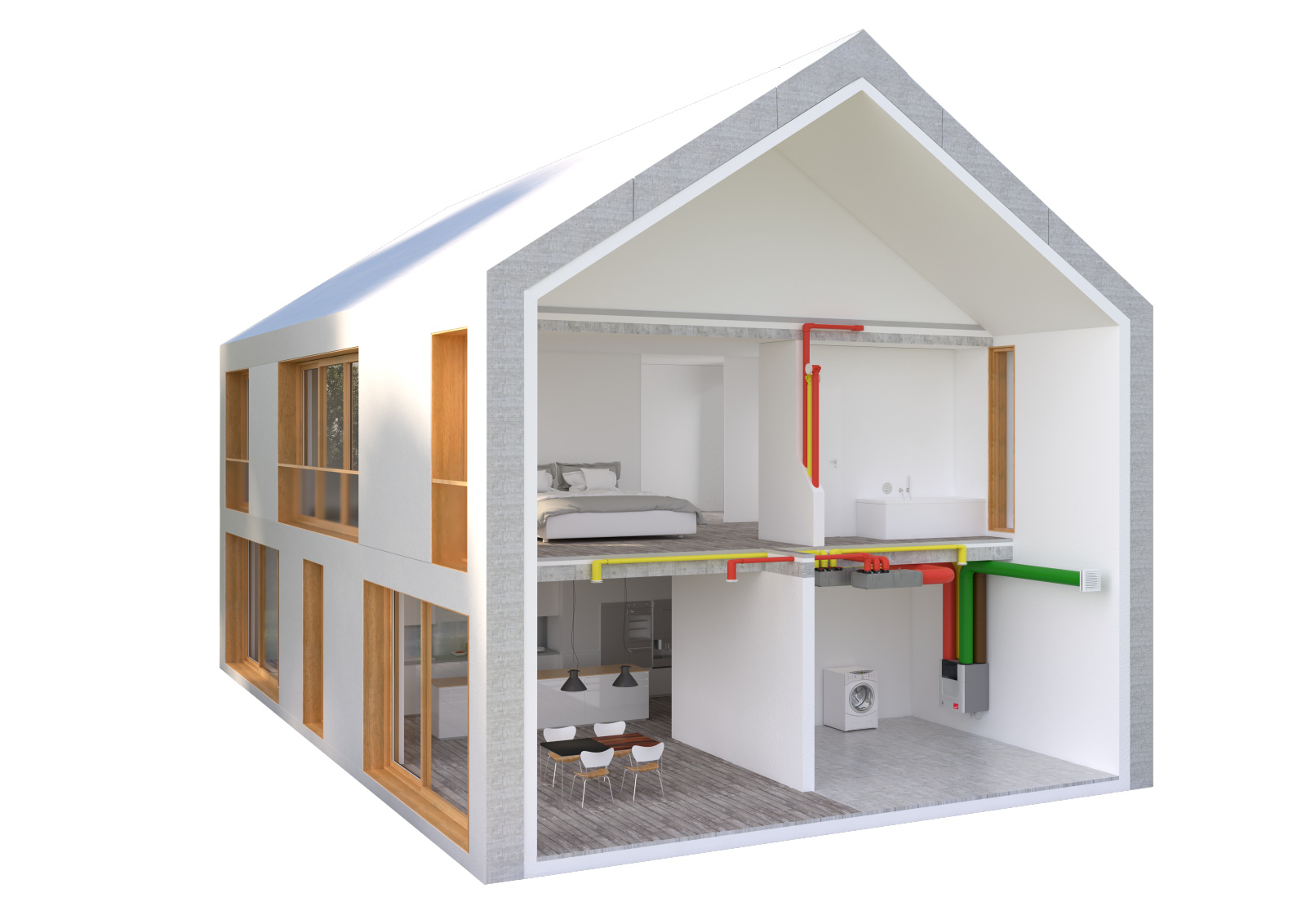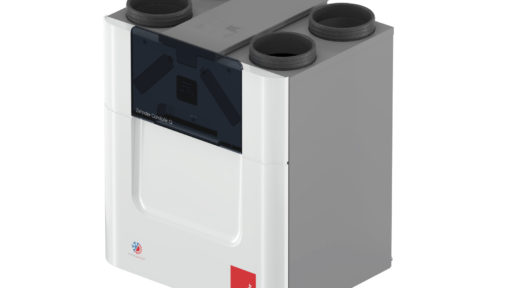Jason Bennett, Zehnder Group UK’s National Business Development Manager, explains why it is time to take a critical homebuilding element seriously. Here, we look at how rising standards and evolving technologies are protecting the very air we breathe.
How often do you sit and think about how clean the air is in your home? Probably not regularly. But considering most of us spend up to 90 per cent of our lives indoors, it’s a useful thing to be informed about. It is a large part of my job thinking about indoor air quality. After all, you wouldn’t drink a glass of dirty water, so why breathe dirty air?
2020s’ work and lifestyle trends give us most of what we need under one roof or another. We work from home, we exercise in our kitchens, we socialise in our living rooms. Elements like lighting and space have always been given serious interior design consideration. Now, indoor air quality (IAQ) is finally starting to take its rightful place towards the top of the agenda.

Surging interest in better Indoor Air Quality: But why now?
This is happening for a few different reasons. Mechanical ventilation is like your home’s lungs. It captures the bad stuff and gets rid of it, while bringing in fresh, clean, filtered air. Older buildings tend to naturally ventilate themselves due to the fabric of the building. Windows and doors naturally allow for leakage and insulation is less tight. However, this is not good for energy conservation or consumer heating bills.
Therefore, homes are now required to be more airtight to conserve heat and perform more energy efficiently. Accordingly, they need to be better ventilated to extract harmful pollutants that become trapped inside as a result. In fact, UK Building Regulations Approved Document Part F (Means of Ventilation) sits hand-in-hand with the amended Part L (Conservation of Fuel and Power) to drive adoption of low-carbon ventilation as an industry standard to improve IAQ within buildings.
Initiatives such as the incoming Future Homes Standard (due 2025) are also shining a spotlight on indoor air quality. Zehnder was the only ventilation manufacturer invited to participate in the government’s Future Homes Hub as part of the consultation process. We were part of the working group and are now part of the implementation group. It is important because we are having a say about improving the environment, how homeowners will be affected, and how industry will work best to reach Net Zero climate goals.
We are also seeing huge interest for improved indoor air quality from the self-build market – around 80 per cent of self-builders are now installing Mechanical Ventilation with Heat Recovery (MVHR). Given the choice, the vast majority of people want to take proactive measures that give them cleaner air, along with the most efficient technology.
Next-generation ventilation technology vs unseen threats
A Zehnder MVHR system, such as our ComfoAir Q600, extracts stale air and supplies clean, fresh and filtered air, providing optimised, balanced ventilation with heat recovery up to 96 per cent. So, unlike simple passive ventilation (like an open window) that allows heat to freely flow out of the building, these systems have been innovated to pass the extracted air over a heat exchange cell, which then recovers and retains the heat that would otherwise be lost. This adds huge efficiencies in terms of how much energy it takes to heat a room.
Here’s a real-world example: last winter I visited a site, it was -1°C outside. Indoors, the temperature was kept around 18°C. Without the MVHR, all incoming fresh air would need to be heated all the way from -1°C to 18°C. But with the MVHR system, the fresh air was already mostly heated. Energy (and cost) savings across the whole winter period stack up significantly.
This all just works. Filters need to be maintained every six months and either cleaned or replaced depending on the level of particulates in the property. And, if you open all the windows in summer, the MVHR rebalances the room’s air within 15 minutes of the windows closing again.
These systems also aid cooling in the warmer months. A modulating summer bypass activates when temperatures reach a pre-set level, turning off the heat recovery element, and then through the summer, heat and humidity is extracted from the warm, humid outdoor air before fresh air enters the building. The result is a more comfortable indoor climate with a fresh air feel all year round.
At a time when legislation calls for more airtight homes, MVHR is protecting the built environment efficiently from indoor pollutants such as:
- Volatile organic compounds (VOCs) from deodorants, washing powders, carpet cleaners, and similar products
- Mould spores
- Hairs and mites from pets
- Dust
- High levels of humidity (from cooking and bathing) that can cause condensation and lead to mould
- Smoke particles from incense, candles, or even open fireplaces

Rising to the challenge, championing higher standards
Countries like France, Switzerland, Germany, Belgium, and Denmark are leading the way in prioritising ventilation and IAQ, and the UK is making significant steps to follow suit.
While there is still a way to go, at Zehnder Group UK, we’re taking learnings from across our international business to pioneer indoor climate solutions for the UK, so that our sector can keep pace with, and even overtake our European neighbours. We select our partners carefully, ensuring they share our commitment to raising environmental standards. In this regard, MiTek continue to demonstrate their commitment to these very same standards.
MiTek’s Posi-Joist system complements Zehnder’s complete air distribution systems. Open-web joists are absolutely the future, in terms of satisfying increasingly complex house design requirements, such as supporting our ComfoTube semi-rigid ducting that carries the airflow from the MVHR around the property. By knowing whose work best supports ours, we can structure projects that deliver better results and facilitate closer collaboration.
Education for the next generation of housebuilders is also critical in driving higher standards. There is a skills gap in the UK when it comes to IAQ, and we’re vocal about what it’s going to take to close that gap. At present, we provide monthly training sessions to upskill the industry in MVHR system installation and knowledge. We are also proud to have worked with MiTek to design training equipment for exhibition stands to demonstrate best practice for installing air distribution systems and using this equipment to train the next generation of whole-house ventilation system installers.




